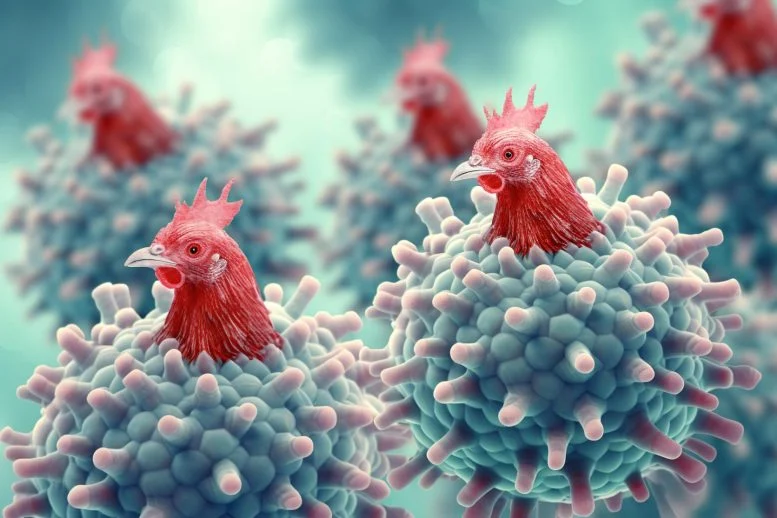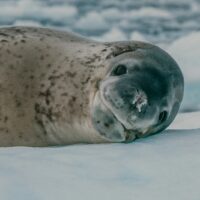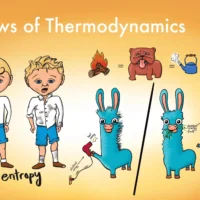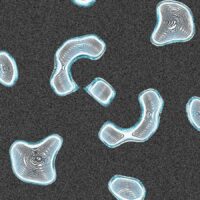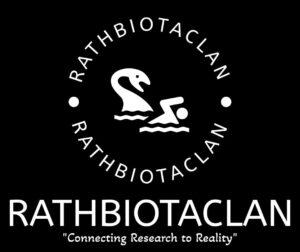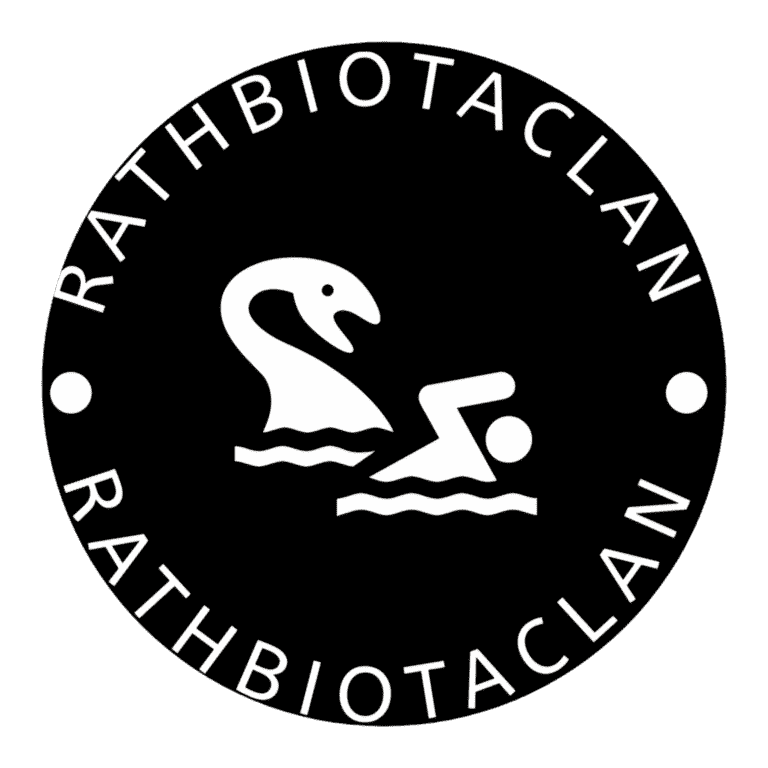In a groundbreaking study, the Centers for Disease Control and Prevention (CDC) has shed light on an increasingly worrisome development: the H5N1 bird flu virus is adapting to infect mammals more efficiently, raising the specter of a virus that could one day jump more readily into human populations. Although H5N1 remains largely an avian disease, this study’s findings hint at a potentially risky evolutionary trajectory that could impact both human and animal health.
A New Adaptation: H5N1’s Jump to Mammals
H5N1, a highly pathogenic strain of avian influenza, has long been known to circulate in birds. Its aggressive nature has led to severe outbreaks in poultry populations worldwide, often necessitating mass culling to prevent further spread. Recently, however, cases have emerged in mammals, marking a shift in its host adaptability. In the United States alone, nearly 50 human cases of H5N1 have been reported this year, mostly mild, but these cases have prompted scientists to examine how the virus interacts with mammalian hosts and whether it could pose a heightened risk to humans.
The CDC’s research specifically involved studying H5N1 infection in ferrets, which are commonly used in flu research due to their respiratory similarities with humans. Ferrets not only share similar lung cell receptors with humans, but they also exhibit comparable symptoms upon infection, making them an ideal model for understanding how influenza viruses may behave in human hosts.
Exploring H5N1 Transmission Routes in Mammals
Researchers investigated the potential pathways through which H5N1 could spread among mammals. By exposing ferrets to various transmission scenarios, they aimed to replicate possible human or mammalian exposure settings. The study explored three primary routes:
- Direct Contact: Ferrets were housed together, simulating close proximity as a potential transmission method. This route proved the most effective, with infected ferrets displaying severe symptoms—such as labored breathing, diarrhea, and fever—after contact with infected cage mates. The severity of the illness in direct contact cases underscores the virus’s potential for mammalian virulence under certain conditions.
- Contaminated Surfaces: Researchers then introduced healthy ferrets into cages recently occupied by infected animals, testing for infection via contact with contaminated bedding, food, and water. Although transmission did occur, it was less effective compared to direct contact.
- Airborne Transmission: A more worrying possibility, airborne spread was tested by separating infected and healthy ferrets with a perforated barrier that allowed air exchange. However, airborne transmission proved inefficient, with only a fraction of ferrets showing mild infection. This finding suggests that H5N1 does not currently possess the level of airborne transmissibility needed for a pandemic but highlights the virus’s capacity for limited mammalian spread.
Genetic Evolution: The E627K Mutation
A key feature of the H5N1 strain used in this study was the presence of the E627K mutation, a genetic alteration that enables the virus to replicate more effectively at lower temperatures, akin to those found in mammalian respiratory tracts. Historically, the E627K mutation has been associated with significant flu pandemics, including the deadly 1918 outbreak. In the H5N1 strain isolated from a Texas dairy farmworker, the E627K mutation’s presence raises critical questions about the virus’s evolutionary direction.
This Mutation’s Impact on Virus Evolution
This mutation, which aids the virus in adapting to mammalian hosts, could theoretically enhance H5N1’s ability to spread among humans, especially if further mutations accumulate. Although no cases of human-to-human transmission have been observed with this strain, the CDC’s findings underscore the importance of genetic surveillance in H5N1 and other influenza viruses that may cross the species barrier.
Immune Interplay and the Role of Cross-Immunity
One mitigating factor in H5N1’s human impact may be the partial immunity conferred by previous influenza strains. In the ferret study, those with past exposure to the 2009 H1N1 “swine flu” strain demonstrated some resilience against H5N1 infection, suggesting that prior flu exposure could afford partial cross-immunity. However, most ferrets used in the CDC study were flu-naive, highlighting the severity of infection in populations lacking pre-existing immunity.
For humans, this interplay of immunity will be crucial to monitor, as populations with prior exposure to related flu strains might experience less severe symptoms. Nonetheless, any widespread mutation that enhances H5N1’s human-to-human transmission capability would necessitate rapid public health interventions to prevent outbreaks in unprotected populations.
Implications for Agriculture and Human Health
The virus’s spread in agricultural settings adds another layer of complexity, as farmworkers frequently interact with livestock potentially harboring the virus. Infections among cattle and other mammals raise questions about transmission pathways and underscore the risks of zoonotic diseases in agricultural environments. In such settings, workers could encounter high viral loads, raising the likelihood of infection.
Interestingly, the CDC study found that unpasteurized cow milk could theoretically carry higher viral concentrations than those tested in the lab, suggesting that direct exposure to infected animal products might heighten the risk of H5N1 infections. As the virus adapts, studying these exposure pathways will be crucial for establishing effective biosecurity protocols in high-risk environments.
Future Outlook: Preparing for Potential Pandemics
While H5N1 remains primarily an avian disease, this study’s findings underscore the importance of preparedness for any future shifts in transmission dynamics. Continued surveillance of H5N1’s mutations and close monitoring of cases in both animals and humans will be key to identifying signs of viral adaptation.
From the development of targeted vaccines to enhanced biosafety protocols in agriculture, the scientific community can proactively use these findings to mitigate risks and prevent potential outbreaks. Understanding H5N1’s evolving relationship with mammals also offers valuable insights into zoonotic diseases, reinforcing the need for a “One Health” approach that integrates animal, human, and environmental health.
The CDC study serves as both a warning and a call to action. Although H5N1 is not an immediate threat to the general population, its increasing adaptability to mammals suggests a virus on the edge of new possibilities. By understanding the intricacies of its evolution, we can work to minimize the impacts of any future influenza pandemics.

